FREE Shipping On Orders of $300 or more!!
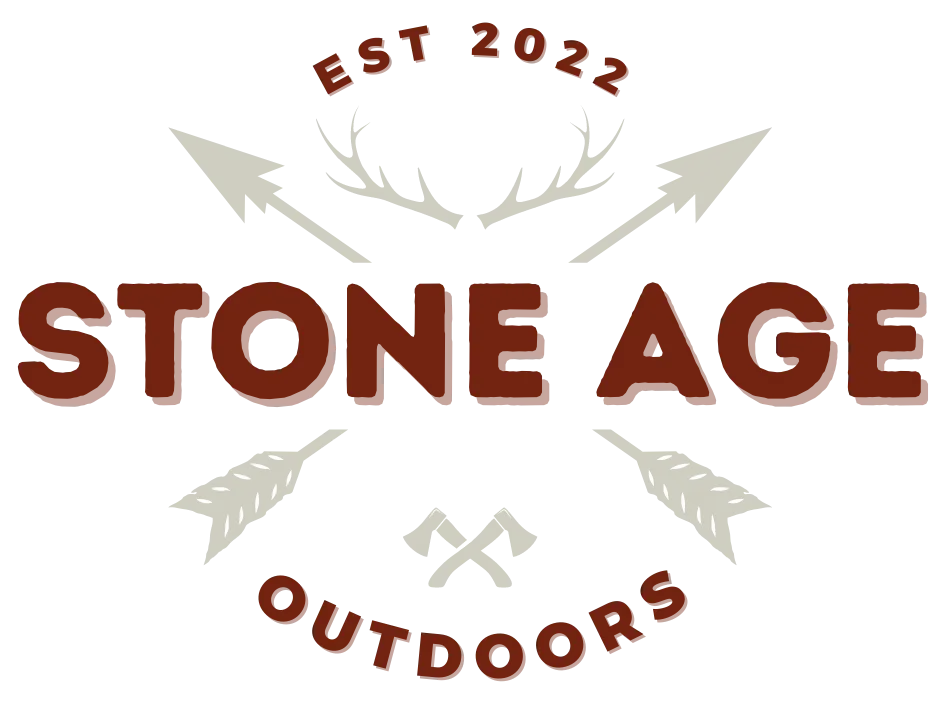

CHECK OUT SOME OF OUR
> PRIMITIVE BOWS & ARROWS <
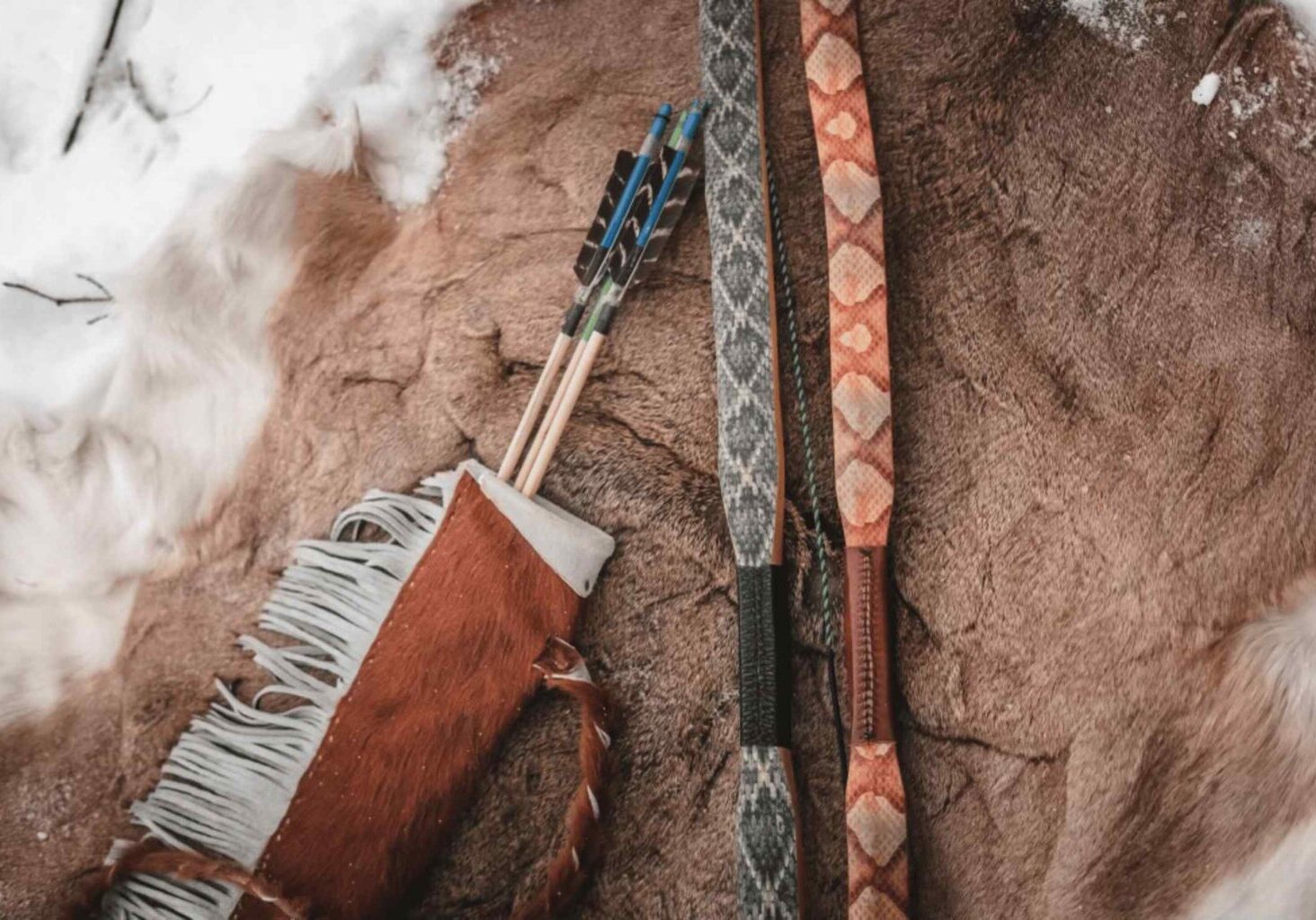
The Woodlands Recurve Bow - OSAGE
Whether you love customized stuff, you like your bow as primitive and plain as possible, or you prefer a primitive bow but still want some modern elements (arrow shelf, tip overlays, or modern low stretch bow strings, etc)... then this is the bow for you, it is the most customizable bow I offer!
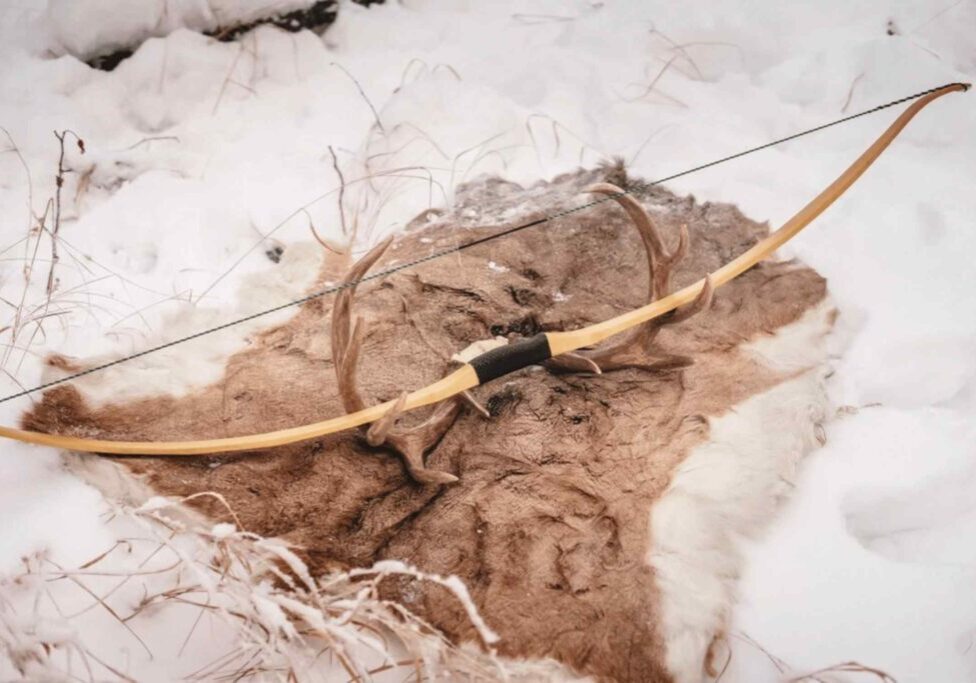
The Woodlands Recurve Bow - ASH
Whether you love customized stuff, you like your bow as primitive and plain as possible, or you prefer a primitive bow but still want some modern elements (arrow shelf, tip overlays, or modern low stretch bow strings, etc)... then this is the bow for you, it is the most customizable bow I offer!
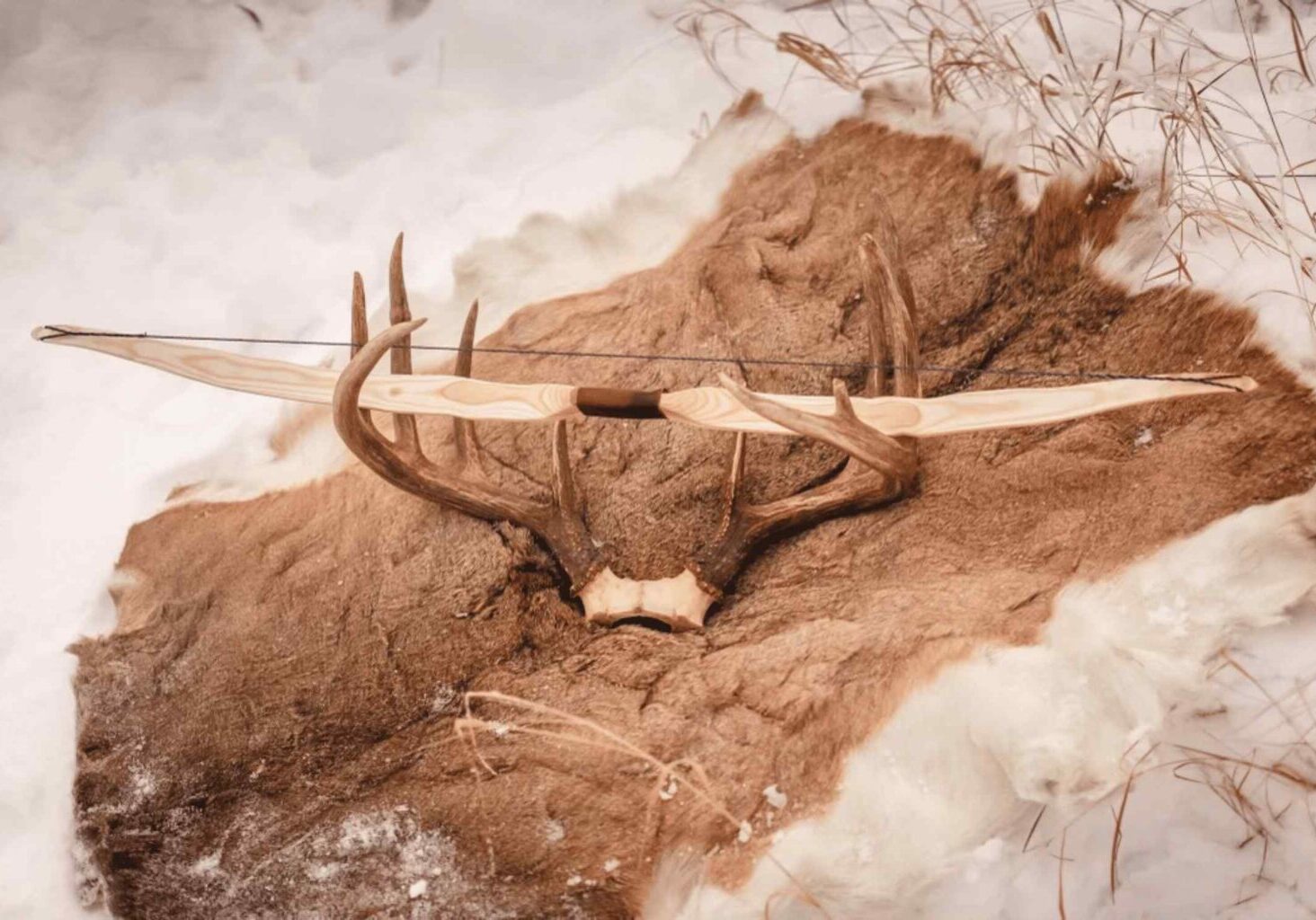
The Youth Bow
This bow is perfect for young people up to about 13 years of age. These bows are slightly customizable with option of arrow shelf or no arrow shelf, recurve tips or long bow style and two different grip options. This model will only be offered in Ash.
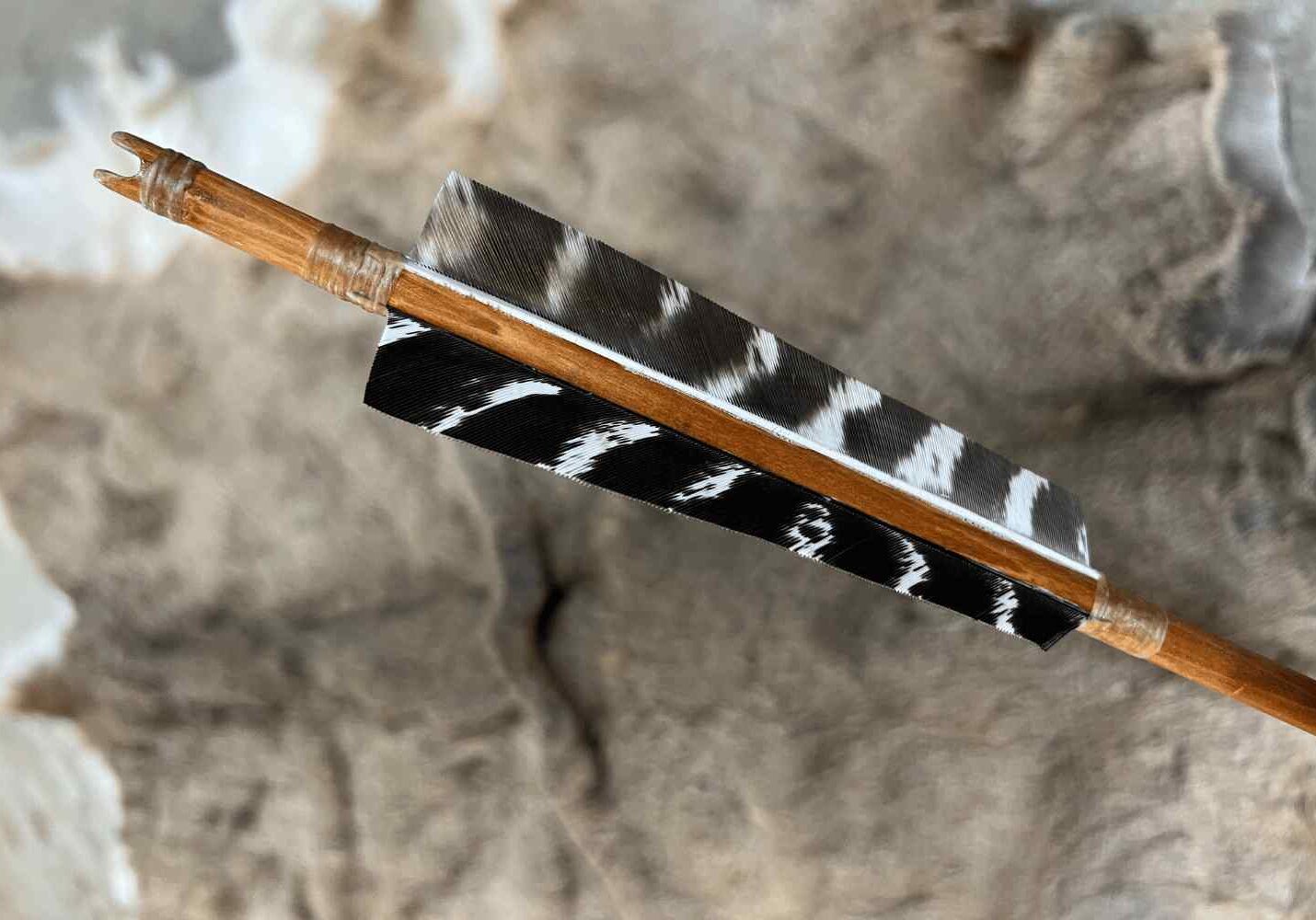
Primitive Arrows
The arrows I am offering are wooden arrows only. The shafts are 11/32 port orford cedar shafts and the standard length will be 31” long. The arrows will be self nocked (no plastic nocks) and fletched with turkey feathers usually but occasionally with goose feathers. They are wrapped with artificial sinew at the base of the feathers and at the nock.

We are the #1 PRIMITIVE BOW BUILDER
IN ALBERTA AND ALL ACROSS CANADA!
About the Founder
Hey there, welcome to Stone Age Outdoors!
My name is Matt and I grew up in a small town in northern Alberta called La Crete.
As a kid, my dad would take us hunting, fishing, and even bought us some traps to start trapping. So I’ve grown up loving the outdoors and get out there every chance I get. But there’s one thing that’s always fascinated me, and that’s the primitive ways of life.
I’ve always been intrigued by how the native peoples and even many pioneers used to live.
At the top of that fascination is the bow and arrow.
I built many of them as a kid and always imagined I was living in a time hundreds of years ago as I stalked through the woods thinking I was ready to kill a deer.
What I didn’t realize was that my equipment wasn’t nearly powerful enough to take down an animal such as a deer (although I did manage to take out a grouse once).
Once I reached my late teen years however, for many years I left all that behind and started working full time in the construction industry and just got caught up in the hustle of everyday life.
A few years back however, my passion for bow building was reignited and I started to pursue that again. Now that I’ve done it for a few years again and have learned tremendous amounts, I want to offer custom-built self bows to people who are also intrigued by the way of the primitives and are up for a fresh challenge.
There’s nothing quite like hunting with a selfbow… the challenge is great, but so is the reward!

730
DAYS
All of our bows come with up to